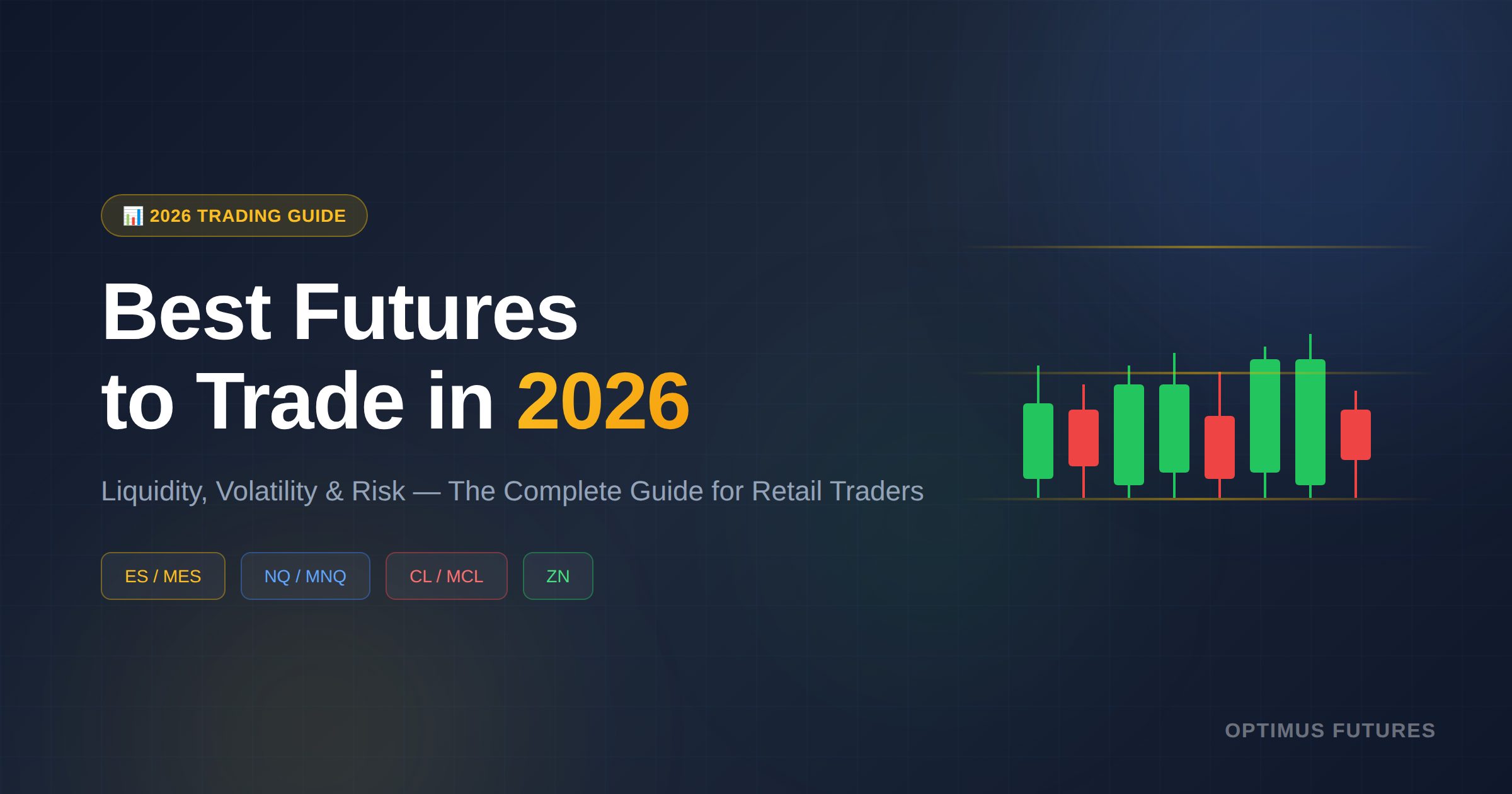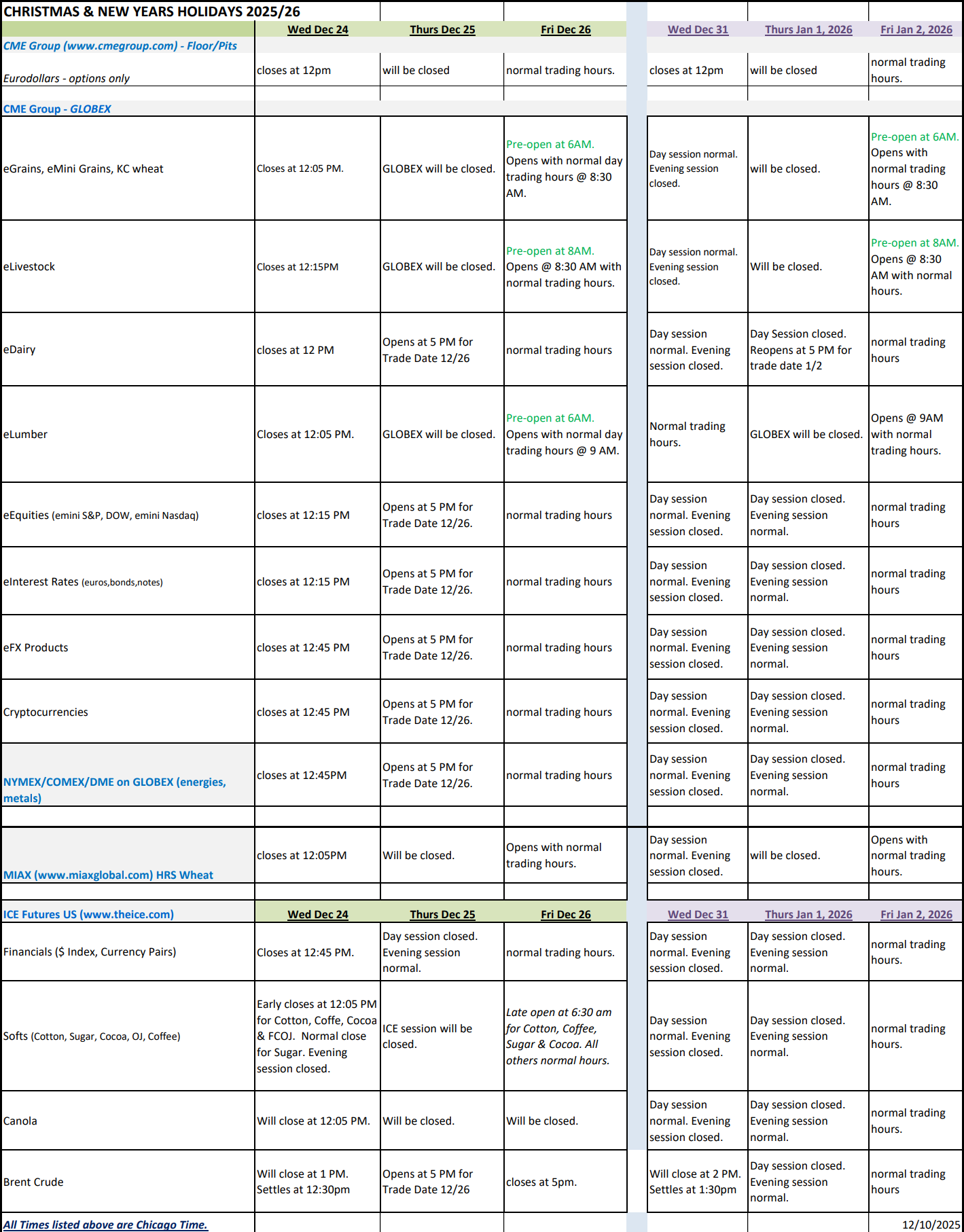The article on How To Backtest On Tradingview is the opinion of Optimus Futures, LLC.
One of the best ways to test a new futures strategy is by backtesting it with TradingView. You see, trading is a risky business. And backtesting allows you to test out new strategies and see if they are viable before you put your hard-earned money to work.
Whether you’re interested in scalping e-mini futures, or have a gold swing trading futures strategy, you’ll want to know how it performs under different market conditions.
In this guide, we’ll dive deeply into how futures traders can backtest their strategies utilizing TradingView.
Why Backtesting?
Backtesting essentially lets you replay history. You test your trading strategies on past market data to determine their viability. While this doesn’t guarantee future results, a thorough backtest can save you from pitfalls or help validate your trading intuition.
Why TradingView?
TradingView offers an intuitive interface combined with powerful backtesting tools. Its free tier is enticing, but the paid plans offer comprehensive, invaluable features to serious traders.
Steps to Backtesting a Futures Trading Strategy on TradingView
Let’s say you’re developing a scalping strategy for trading crude oil futures around the DOE inventory report. The strategy will initiate a long position if there’s a draw in a supply greater than anticipated and a short position if there’s a build greater than anticipated.
- Data Collection: Before you start, decide on the duration and type of data. For short-term strategies on minute charts, a few weeks might suffice. For daily or weekly charts, years of data are preferable.
In our example, we would look at minute chart data since it is a scalping strategy.
- Strategy Definition: Clearly define the rules. This includes entry and exit points, risk management parameters, stop-loss, and take-profit levels. Your strategy should be unambiguous, leaving no room for subjective interpretation.
- TradingView’s Rewind: Use the rewind tool to return the chart to your desired starting point. This way, you’re not influenced by the knowledge of future price movements.
- Simulate Trades: Move forward, bar by bar, or candle by candle. Every time your strategy’s conditions are met, note down potential trades – entries and exits.
You’ll want to test your strategies before putting real money to work.
- Compile Results: Tally the wins and losses. This will give you an overview of the potential of your strategy.
How to Backtest on TradingView: A Comprehensive Guide
Overview of TradingView Backtesting Tools
TradingView offers a rich set of tools to facilitate backtesting:
- Bar Replay Function: Enables manual backtesting.
- Pine Script: A scripting language unique to TradingView, allowing you to code your own strategies and then backtest them using the Strategy Tester.
Manual Backtesting with the Bar Replay Function
Step-by-step Guide:
- Open a Chart: Visit TradingView and open the desired chart of the financial instrument you wish to backtest.

- Bar Replay Tool: On the top-right side of the chart, find the Bar Replay icon.

- Setting Start Point: Move the cursor to where you wish to start your backtest and click to set the starting point.

- Playback Control: Utilize the play, forward, or reverse buttons to move through the price data one bar at a time.

- Manually Execute Trades: As you move through the data, apply your strategy’s rules to decide on trade entries and exits.

- Document Results: Make sure to record all trade outcomes, including entry/exit prices, stop-loss, take-profit levels, and trade outcomes.
Automated Backtesting with Pine Script and Strategy Tester
Step-by-step Guide:
- Open the Pine Script Editor: On the top panel, click on the ‘Pine Editor’ tab.

- Code or Import a Strategy: Write your strategy using Pine Script or import a pre-existing code. TradingView also has a repository of community-generated strategies that you can use.

- Add Strategy to Chart: Once you’ve written or imported a strategy, click on the “Add to Chart” button in the Pine Script editor. This will overlay the strategy on your main chart.

- Access Strategy Tester: Located at the bottom of your chart. It will summarize the strategy’s performance based on historical data.

- Review Results: The Strategy Tester will display various metrics like Total Net Profit, Max Drawdown, Percentage of Profitable Trades, and more. The main chart will also visualize where your strategy would have entered and exited trades.

- Optimization: Refine parameters in your Pine Script code and re-run the Strategy Tester to optimize your strategy.

Tips for Effective Backtesting on TradingView
– Use Adequate Data: Ensure that you’re backtesting over a significant period to get more reliable results. Testing on just a few weeks of data won’t give a comprehensive picture.
- Account for Slippage and Commissions: Real-life trading includes these costs. Ensure that your strategy is still profitable when these are taken into account.
- Beware of Overfitting: Overfitting happens when a strategy is too closely tailored to past data, which makes it less likely to be successful with new, unseen data. It’s always a good practice to split your data set into ‘training’ for building your strategy and ‘testing’ for validating it.
- Regularly Review and Update: Financial markets evolve. Regularly review and update your strategy to ensure it remains effective.
In summary, TradingView provides powerful tools for both manual and automated backtesting. However, remember that backtesting is just one part of strategy development. Past performance doesn’t guarantee future results, so always trade with caution and proper risk management.
Common Mistakes in Backtesting
- Insufficient Data: Testing over a short span may give skewed results. It’s crucial to have a comprehensive dataset.
- Ambiguity: Your strategy needs to be crystal clear. Any vagueness can lead to discrepancies in the results.
- Over-optimism: A common pitfall is ‘curve fitting,’ where traders inadvertently tailor their strategy too closely to the past data, leading to poor future performance.
- Neglecting Costs: Always account for transaction costs, slippages, and other fees in your backtesting.
The Best Futures Trading Strategies To BackTest
Here are some of the most common strategies employed by futures traders:
-
- Breakout Trading: This strategy involves identifying and trading in the direction of price breaks from established levels. Think of it as surfing, where traders catch and ride the momentum wave. Understanding support and resistance zones, volume, and momentum is key to executing this strategy.
- Breakdown Trading: It’s the inverse of breakout trading, where traders look to short the futures contract and capitalize on declining prices that move below established levels.
- Mean-Reversion: This strategy involves identifying and trading when prices have deviated significantly from their average, expecting a return to the norm. For instance, if the E-Mini S&P 500 takes a sharp dip after releasing inflation data, a mean-reversion trader might go long, anticipating that prices will rebound.
- Catalyst/News Trading: These traders are on the lookout for impactful news, reacting quickly to what’s ongoing. An example could be trading 10-year Treasury Notes futures after an FOMC announcement or crude oil futures after a DOE inventory report.
While many traders lean heavily on technical tools like indicators, support and resistance lines, and price action for decision-making, it’s equally crucial to grasp the underlying forces propelling each market.
How To Get Started – TradingView & Optimus Futures
With this step-by-step guide, you can quickly get your backtesting strategy up and running.
Optimus Futures customers can enjoy Tradingview’s robust functionality and features while accessing our low day trading margins.
Plus, you can get access to real-time data in TradingView with a free demo account.
This gives you the chance to backtest your strategies with complete, comprehensive data as well as see how they work in real-time.
Begin backtesting your strategies today to enhance your trading acumen with TradingView and Optimus Futures.
To leverage these advantages for your trading, click here for more details.
To view more tutorials on TradingView, explore our comprehensive guides below:
How to Use Tradingview | A Beginner’s Guide
There is a substantial risk of loss in futures trading. Past performance is not indicative of future results.




